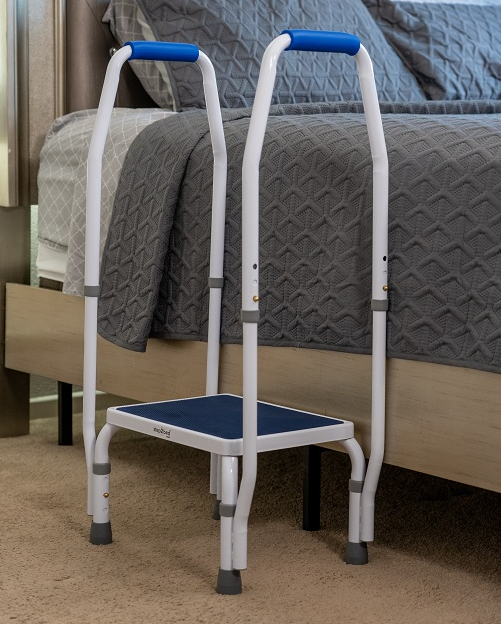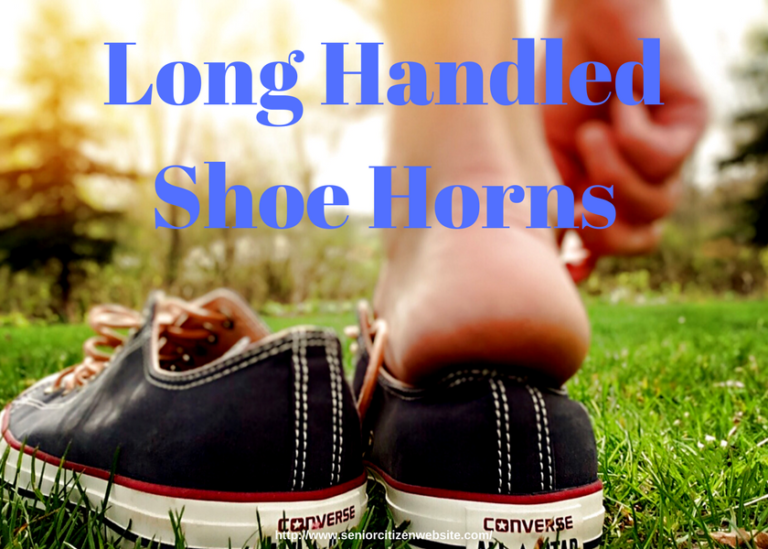What Are Diabetic Socks
While diabetic socks are not essential for all people with diabetes, persons with diabetes have sensitive feet and suffer from various foot ailments. Thus, they need to protect their feet more than others. It is just as vital to wear diabetes socks as it is to wear diabetic shoes!
Diabetic socks include distinct design elements not seen in conventional socks that protect the diabetic foot from further complications while keeping it pleasant and healthy.
Diabetic neuropathy and peripheral vascular disease affect the majority of people with diabetes. Neuropathy causes loss of sensation in the legs and feet by destroying nerves. Without properly functioning nerves, it is impossible to tell if something is excessively hot or cold or if one has a cut or sore on their foot.
The peripheral vascular disease causes blood arteries to constrict, reducing blood flow to the legs and feet. Reduced blood flow hinders the healing of any wounds or sores, increasing the risk of developing ulcers. Failure to recognize this might result in significant infections and consequences.
What are Diabetic Socks?
Diabetic socks are looser-fitting socks that protect the feet and avoid skin irritation. They differ from compression socks, typically tight-fitting and designed to reduce edema and fluid retention.
Diabetic socks are meant to keep feet dry, decrease the risk of foot damage, and improve blood circulation. They are an essential element of diabetic foot care owing to the possible harm to the nerve and circulatory systems caused by high blood sugar levels.
Diabetes neuropathy reduces feeling in the feet, especially the soles, and raises the risk of injury. It can also lead a person with diabetes to be uninformed of an injury and postpone care.
Circulatory issues impede wound healing because constant blood flow is essential. When these issues go unchecked, they can lead to amputation or even death. Elevated blood sugar levels can also inflict havoc on the immune system.
Who Should Wear Diabetic Socks?
Diabetic socks are not required for everyone with diabetes. Regular socks that are comfortable, non-binding, and fit properly are sufficient for individuals who do not have foot problems.
At the same time, wearing them during extended trips may be beneficial, as sitting for long periods might raise the risk of swelling or blood clots.
Diabetes patients who may benefit from wearing just diabetic socks include those who:
- Have you had changes in the color or warmth of your feet, discomfort, nerve damage, blisters, or fungal infections?
- Have sweaty or damp feet regularly
- Have lower pedal pulses (measured at the top of the foot and behind the inner ankle) been linked to an increased risk of peripheral artery disease or another type of atherosclerosis?
The ideal diabetic socks should include the following characteristics:
- Seamless: Even the slightest protrusion might have severe consequences for the diabetic foot. Seamed socks can irritate the skin and develop blisters or ulcers, which can be dangerous for diabetic feet.
The finest diabetic socks are seamless and knitted with inverse linking, which keeps the toe-connecting thread ends outside the sock rather than within.
- Non-constrictive: Diabetic socks should have a loose, non-constrictive fit and a super stretch design. They should be so loose that you scarcely feel them!
Tight socks can reduce circulation, which can be difficult for people with circulatory problems.
- Padding: Additional padding and cushioning for sensitive areas help to avoid injury and improve comfort.
Extra padding is typically found at the bottom of the sock, around the toes, and the foot’s heel. These parts of the foot are usually the most vulnerable to shock forces during exercises, requiring extra protection.
- Warmth: Diabetes can constrict blood arteries, reducing circulation to the feet.
Diabetic socks should be constructed of materials that keep feet warm while aiding blood circulation.
- White Sole: A white sole is helpful for persons with impaired feelings in the leg since it alerts users to a draining wound. Stains from infections, open wounds, and sores that require prompt treatment will appear on a white sole.
- Moisture-wicking: Many socks are now woven using specific yarns infused with innovative technology to aid in maintaining a healthy foot. Synthetic yarns, such as polyester and nylon, may transport moisture out of the sock and dry it rapidly. A dry foot environment aids in the prevention of skin infections and keeps feet pleasant for extended periods.
- Anti-microbial: Good diabetic socks are treated with anti-microbial technology to prevent the growth of germs and fungus in the foot’s moisture-prone areas, keeping it healthy. Eliminating germs and fungi also removes unwanted smells from your feet!
- Diabetic socks are frequently created from finer texture textiles that feel incredibly comfortable against the skin.
Because diabetic socks have numerous particular properties that make them superior to conventional socks, it is not unexpected that individuals who do not have diabetes use them too!
What’s The Difference Between Regular Socks and Diabetic Socks?
Diabetic socks are often manufactured without seams at the toe to lessen the danger of friction and blistering, which can lead to ulcers, particularly in those with neuropathy or chronic hyperglycemia (high blood sugar). Diabetic socks may also feature white soles to display drainage of a wound that is not always felt.
As the seasons change, socks are a fantastic method to keep your feet warm. Regular socks drain moisture from the feet and prevent the naked foot from rubbing against shoes. Ordinary socks can also cushion and keep the feet warm. Particularly in the winter, when the danger of frostbite increases.
Socks keep the feet dry and prevent fungal diseases such as athlete’s foot. If one does not wear socks, blisters and ulcers on the feet may develop.
Your feet contain a lot of sweat glands, and if you don’t wear socks, the sweat can build up and cause an unpleasant foot odor.
Diabetic socks, on the other hand, have a non-binding design that will not limit your circulation. It is critical for people with diabetes since they frequently suffer from poor circulation, which constrictive socks can exacerbate.
Finally, diabetic socks frequently include a unique design to protect your feet, such as cushioning in the toes or heels. These traits are critical since people who have diabetes are more likely to develop foot issues such as ulcers and infections.

When Should you Wear Diabetic Socks?
Since diabetic socks aim to protect the feet and reduce the risk of injury or irritation, they have features that help achieve this, including being seamless, moisture-wicking, and padded.
Thus, you should wear your diabetic socks always! Both outdoors and indoors.
Can You Sleep With Diabetic Socks?
Diabetic foot care is vital. Diabetes may damage your feet, and even a little cut can have significant implications. Diabetes can cause nerve degeneration, causing you to lose feeling in your feet. Diabetes can also cause a decrease in blood flow to the foot, making it more difficult to heal an injury or resist infection. Because of these issues, you can miss a foreign item in your shoe. As a result, you can get a blister or a sore. This might result in an infection or a nonhealing wound, putting you in danger of amputation.
Thus, one of the ways to avoid serious foot problems is to wear diabetics socks always, even while going to bed. If your feet get cold at night, instead of using a heating pad or a hot water bottle, wear your diabetic socks.
In Conclusion: Caring for Your Socks
Your doctor will likely advise you to avoid going barefoot and wear diabetic socks daily. With meticulous care, most socks last around six months. Socks that are often worn and washed may require particular care.
Do not wash your socks in a mesh washing bag and either air-dried or dried on low heat. Remove any pilled fabric and replace your socks as soon as they show signs of wear. Check your socks for holes or tears regularly and discard them if they develop.
Eddie Vandam
About the Author: Eddie Vandam
Eddie Vandam is a proud senior and retired internet marketer who now dedicates his time to helping others age well. As the voice behind the Senior Citizen Website, he shares practical advice on staying healthy, independent, and informed. From product reviews to wellness tips and hobbies that keep life interesting, Eddie writes with real-world experience and a passion for making senior life easier and more enjoyable.👉 Read more about Eddie Vandam.








